No matter your age, bullying is hurtful, but you are not alone and more importantly – it is not your fault. Upon learning that your child is a victim of bullying, you may feel a sense of anger or rage.
However, your child doesn’t need you to overact. Instead, your son or daughter will require you to be a sounding board to listen, and reassure them that you will provide the support they’ll need.
To be strong when your child is in crisis, arm yourself with the best resources available to guide you through some tough future situations.
Let’s learn how to deal with bullying.
Table of Content:
This article is part of The Anti Bullying Guide article series
Chapter 1: How to Identify a Bully: The Ultimate Guide
Chapter 2: Bullying Facts: Guide for Parents and Educators
Chapter 3: Examples of Bullying
Chapter 4: Why do Kids Bully?
Chapter 5: How To Deal with Bullying (You are here)
Chapter 6: How To Stop Bullying
Chapter 7: Effects of Bullying and Cyber Bullying
Chapter 8: Stop Bullying Websites: Online Resource List
Define the Bullying Type
There are several different ways for someone to become a victim of bullying. Your child may experience physical harm such as hitting, punching, kicking, damaging property, or other harmful actions. They may experience verbal, which includes threats and name-calling.
Bullying and cyberbullying can occur online or through social media, text messaging, or email. You may also have a case of emotional bullying that includes psychological techniques to exclude people from social circles on purpose.
Talk Before It Starts
Work on building the open lines of communication with your child before the bullying starts. Talk about bullying and how to handle situations if they are in a safe place. Keep the conversation general if you have a younger child but give specifics if your child is older and make sure to keep the advice consistent.
Know the Signs of Bullying
If you are seeing signs that your child is a victim from bruises, scratches, or changes in behavior such as withdrawing from their favorite activities – you may have a problem. Not wanting to attend a school or other social events that they once loved is a standard defense.
Be direct and ask your child directly if they are experiencing bullying. If they choose not to confide in you, then start asking around to teachers, guidance counselors, or friends.
It is Not Their Fault
Bullies can use aggressive behavior repeatedly in efforts to achieve an imbalance of social power. Being bullied is never a “normal phase,” and regardless of your age, bullying does hurt.
From having your feelings hurt to being harmed physically, bullying plays on everyone’s vulnerability. Not only is your child worried about not fitting in, but they are also now having to navigate the teasing and constant stress of dealing with a bully.
If your child tells you that they are being bullied at school, try not to minimize their problem. Never tell them that the bullying is their fault, that they’re hypersensitive, or making the story up.
It’s a Big Deal
When a child is bullied, it can alter how a child plays, communicates, and goes on with their daily activities. They may no longer want to play with friends, be outside, or attend school due to the stress of having to deal with the bully. If they use humor as a defense mechanism, try to pay attention to how your child jokes about the situation while at home.
Refuse to be a Victim
Bullies single their victims out because they can exploit insecurity. Typically, this strategy is a power plan and therefore, will search for someone that will submit to their power play.
The weakness that they target might be physical – such as a child’s height, weight, or appearance. Or they may focus on their intelligence or lack of ability. The drive for this harm is mostly for a social purpose.
Teach your child to stop playing the role of a victim. When your child can keep their cool, the bully will eventually lose interest, and then move onto someone else.
Ask Questions
Listening to your child is one of the most significant resources and ways to support them while they are in crisis. When trying to get to the root of the problem, consider asking questions in the third person. Some things to ask are how do the other children treat each other in class and how do they feel while they’re at school.
Do not assume that the bullying has ended if your child stops bringing that person up in conversation. One useful tip is be consistent when you deal with bullying.
Give Your Child Tools
When faced with a bully, it can be hard for a child to think on their feet. By talking about bullying before it starts, this gives you time to talk through scenarios and provide input on answers or reactions. Work on a few responses to insults that are direct, not a put-down, and not too complicated to remember.
For yourself – find support as you and your family should not face this issue alone. Reach out to other parents or people within the community or online to find the help you need.
Bullies Lack Power
Bullies are human – they are children that are acting out due to lack of attention or love. They want you and your child to become angry by continually making you upset – that’s how they win and feel superior.
Here are some tips for practicing if the bullying is happening in person:
- Walk away – it sounds simple but is a powerful tool
- Act unimpressed or pretend not to notice
- Find a different friendship group either in or out of school
- Find a different club, sport, activity or other organization to join to give your child more self-confidence
If the bully is using cyberbullying as a tool:
- Don’t retaliate and consider block the sender
- Alert the schools to the issues with the bullying issues
- If the bullying turns threatening to the point of harm, report abuse to authorities along with the ISP address or website
Don’t Give Up
Bullying is a problem for everyone and affects more people than just the victim. It can turn a safe place like a playground or a school into one of fear. Bullies can rob your child of their self-confidence. Talk about it often is a great way to deal with bullying and to stop it as soon as possible.
Be on the lookout for warning signs that your child is a victim, so the acts can be stopped and not turn into violence.
This is a life-changing event for you and your child. Remind them of what you love about them and that their family will always support and help your child with any bullying situation.
Table of Content:
This article is part of The Anti Bullying Guide article series
Chapter 1: How to Identify a Bully: The Ultimate Guide
Chapter 2: Bullying Facts: Guide for Parents and Educators
Chapter 3: Examples of Bullying
Chapter 4: Why do Kids Bully?
Chapter 5: How To Deal with Bullying (You are here)
Chapter 6: How To Stop Bullying
Chapter 7: Effects of Bullying and Cyber Bullying
Chapter 8: Stop Bullying Websites: Online Resource List

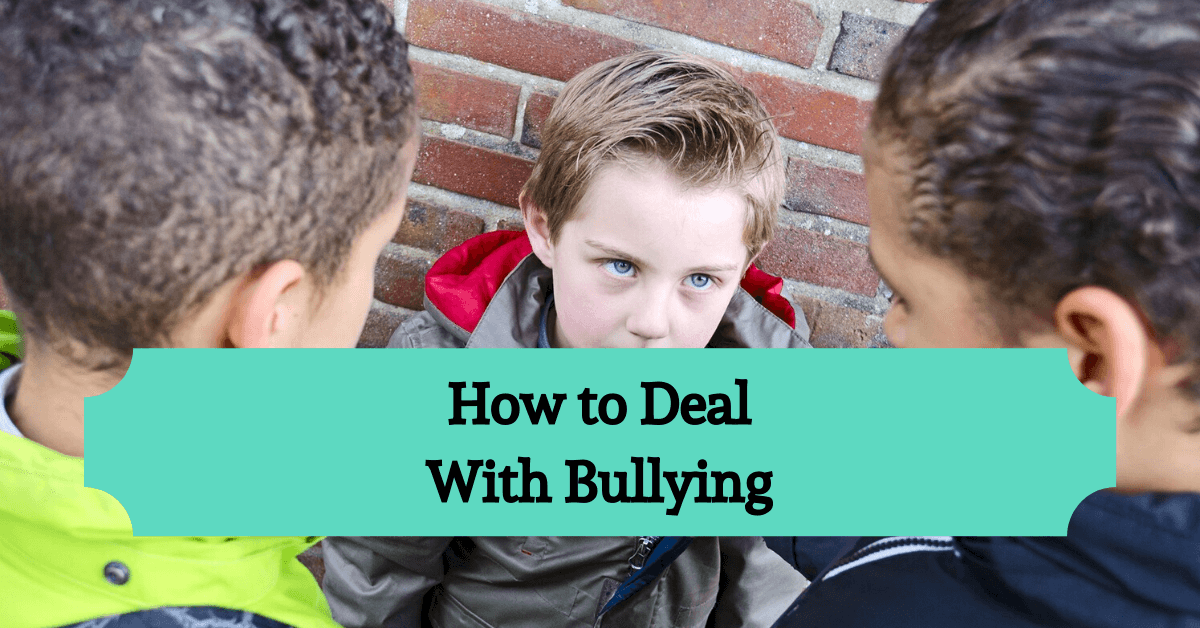





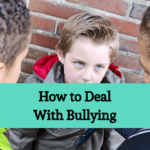
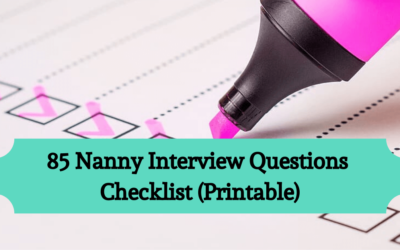
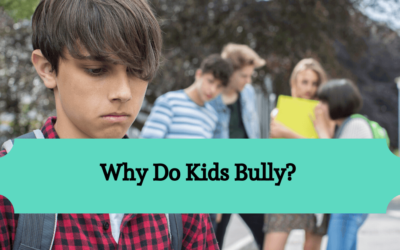
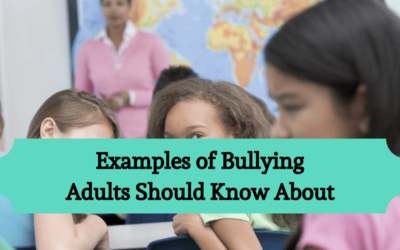
0 Comments